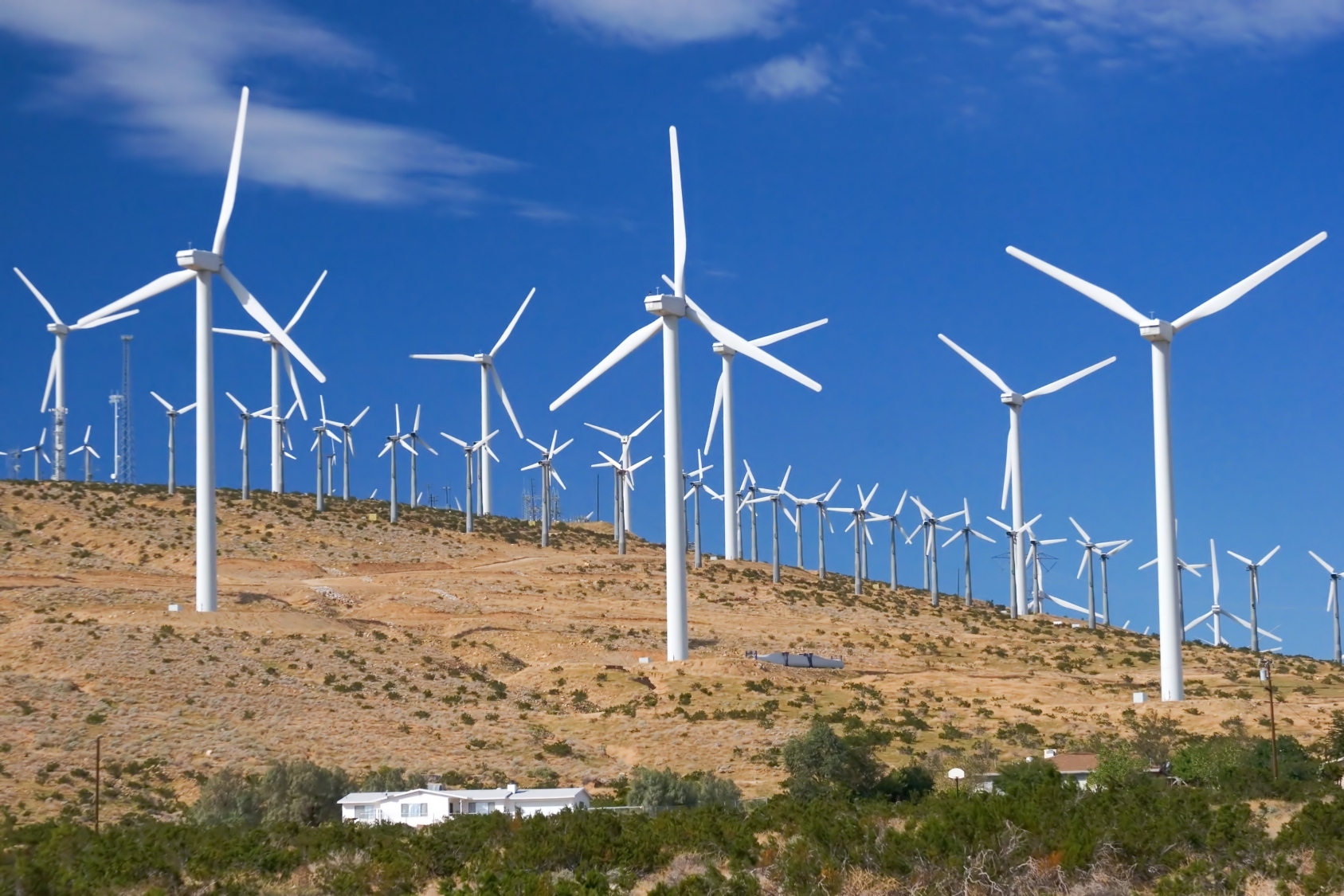South Africa has announced an auction to procure 1.6GW of wind energy. According to Department of Mineral Resources and Energy (DMRE) Minister, Gwede Mantashe, the auction is in line with the gazetted IRP2019. This procurement window, will add vitally needed power capacity to the country, which continues to struggle with strangled energy supply, an ongoing crisis that is economically crippling and has seen South Africa buckling under the strain of load shedding for the last few years.
Also Read: Construction of 20MW Golomoti Solar power project in Malawi begins
Preferred bidders RMIPPPP
Minister Mantashe simultaneously announced the preferred bidders for the procurement of the 2000MW Risk Mitigation Independent Power Producer Procurement Programme (RMIPPPP). Two of the eight preferred bidders in RMIPPPP include wind power IPP’s in the form of hybrid projects. These projects incorporate wind, solar and storage technology on a utility scale, which is a first for South Africa.
Ntombifuthi Ntuli, the CEO of the South African Wind Energy Association (SAWEA) commented that the announcement by the Minister to open Bid Window 5 of REIPPPP, calling for proposals from IPPs, marks the rebirth of the Wind Energy industry in South Africa, as the last bidding round took place almost seven years ago, in 2014.
“With supporting policy and smooth procurement rounds, expected to include the announcement of Bid Window 6 during the course of 2021 as reiterated by the Minister today, the renewable power sector certainly has a key role to play in re-building the country as a significant catalyst of economic growth, and investors have a big role to play in making that a reality,” added Ntuli.
SAWEA has noted that this is a massive advantage for the country, as hybrid projects enhance the reliability and stabilization of the power generation system. Plus, they do not always require grid expansion, as hybrid grids produce power at different intervals and during complementary seasons.

